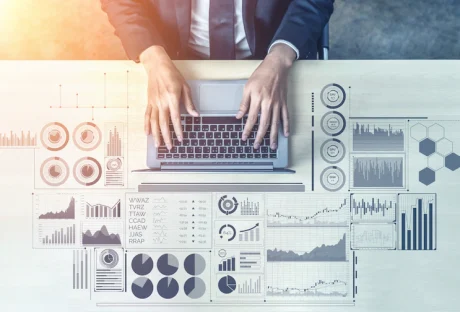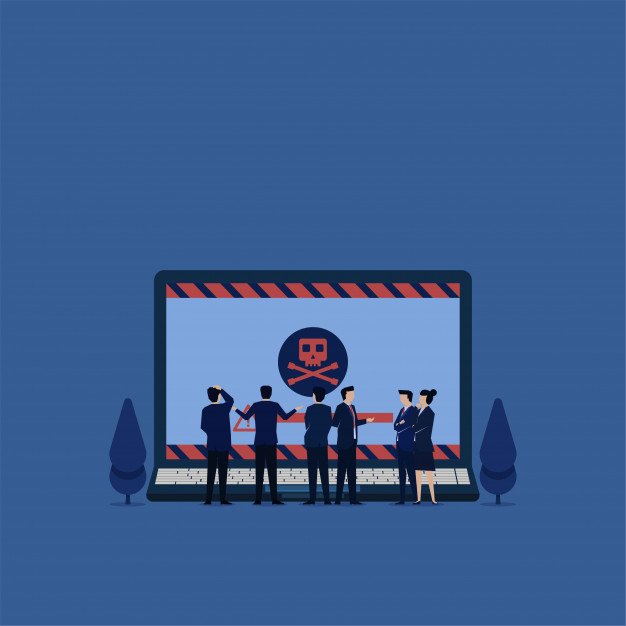Thanks to the glut of streaming music platforms today, it has never been easier to listen to music anywhere and anytime.
But that type of convenience comes at the cost of your mobile data.
When you are not connected to a Wi-Fi connection, any software you use that uses an internet connection can put a massive dent in your mobile data plan. Before you ever know it, you are slapped with overage data plan charges.
To give you a better idea of how many megabytes you are blowing off on your online music streaming, here is how popular music streaming platforms offer their services.
- Apple Music: 256 kbps or 115 Mb for one-hour streaming.
- Spotify: 320 kbps or 144 MB for one-hour streaming.
- Tidal HiFi: 1411 kbps or 635 MB for one-hour streaming.
- Google Play Music: 320 kbps or 144 MB for one-hour streaming.
- Tidal: 320 kbps or 144 MB for one-hour streaming.
- Amazon Music Unlimited: 256 kbps or 115 Mb for one-hour streaming.
Now you know where all your data plan is going.
But!
First Thing First…
The amount of data you use while listening to the music is directly proportional to the quality of the stream. That means the higher the quality of the stream, the more data you will use.
Fortunately, there is a music streaming platform that allows you to toggle around with the quality of the stream. This way, you can choose the lowest quality and save a lot during your music stream.
Think about all the additional costs you incur when you play music online. For starters, you need to pay for a subscription to the streaming platform. Secondly, you have to pay for internet data. Why not eliminate both and listen to the same songs for free? To know more about how you can get this done, please visit proxybay.github.io
In fact, you can save your data by simply downloading the music you like from The Pirate Bay. You will only need a data plan for the download, and once the download is complete, you can listen to the song as many times as you like.
How To Reduce Data Consumption While Streaming Music?
Mobile data use has skyrocketed!
Apps have become more data-hungry and push for more data consumption with their updates and new features.
With the right music streaming platform, users are using more data than usual. Although this might not be a dire situation, paying the hefty data charges has become difficult for some.
While it is impossible to completely stop the use of data while music streaming, you can certainly follow these practices to ensure you are not wasting your data.
1. Limit Your Daily Data Usage
Limiting your daily data uses is one of the best ways to ensure that you always have some extra data plan for emergency needs.
Let’s say you get 1.5 GB daily with your current data plan. Now go to the settings and limit your daily network usage to 1 GB.
Once the limit is set, you can use your data for anything you need. Once the 1GB is consumed, you know that you have used entertainment to share data.
2. Always Listen To Low To Mid Range Audio Quality
Some music streaming platforms offer settings that allow users to set the quality of their desired choices.
If the music streaming platform you are using has that setting, set it for low or mid instead of using high-quality. This will significantly lower your data consumption.
3. Download Music
We always advise our readers to download any online content that they will be consuming regularly. What this does is that it saves your data and gives you offline access.
That means you can easily stream anywhere and any time, even if you do not have any internet connection.
Other Tips
We have found some more stuff. Since these things are nothing hidden or new, they are just difficult to find – we will just leave them here.
You can follow the rule to use the internet only when Wi-Fi is available and data plan only in emergencies. This way, you will be able to limit your data usage.
And of course, you must practice downloading music. This is the best way to listen to music without the cost of a data plan. Yes, you will need that initial data to download it, but that is about it.
Read Also:
























